Description
Uji Green Tea Leaves Gyokuro Kanro Kyoto Ippodo 160g Medium Can w/Box
Description
Ippodo tea Co.(一保堂茶舗) was founded in Kyoto, Japan in 1717 and it has been providing the highest quality Japanese green tea for nearly 300 years.So Ippodo is well known as the most famous green tea store in Kyoto Japan.
- Net Weight: 160 grams
- Per Serving (1 pot): 10 grams
- Shelf Life: 180 days
*Up to 3 pots can be made using the same tea leaves.
*When brewing a 2nd and 3rd pot of tea, no steeping is required. just add hot water to the teapot, and serve. To fully draw out the tea’s body and rich umami taste using less water at a cooler temperature.
1. Place 10 g (2 heaping tbsp.) in teapot.
2. Add 80 ml (3oz) of hot water (at about 60C)
3. Brew for about 1 min. 30 sec.
4. Pour out every last drop.
Being a shade-cultivated tea, gyokuro is rich in theanine-an amino acid responsible for gyokuro’s full-bodied mellow sweetness and slightly viscous nature. In Japan, there is a special name for this taste: umami. Generally, the higher the grade, the richer the umami taste.
While many teas are served hot and consumed as a means to quench a thirst, gyokuro is different. A typical serving is a precious 1/3 of a teacup at a very comfortable 60 C. Indeed, gyokuro’s refined luxurious taste is meant to be savored, not rushed.
For seasoned gyokuro drinkers who prefer a slightly weaker umami taste, Kakurei is an excellent choice. If you find that you like the basic character of Kakurei, but want a tea with a bit less sweetness, then we recommend that you try Tekiro. For a more full-bodied gyokuro, try our Rimpo.
As a gift for someone special or for yourself, we have packaged our Kakurei in this attractive can with our trademark orange Ippodo label. This medium-sized can is perfect for tea enthusiasts who enjoy their tea a few times a day. Encased in a gift box and special Ippodo wrapping paper.
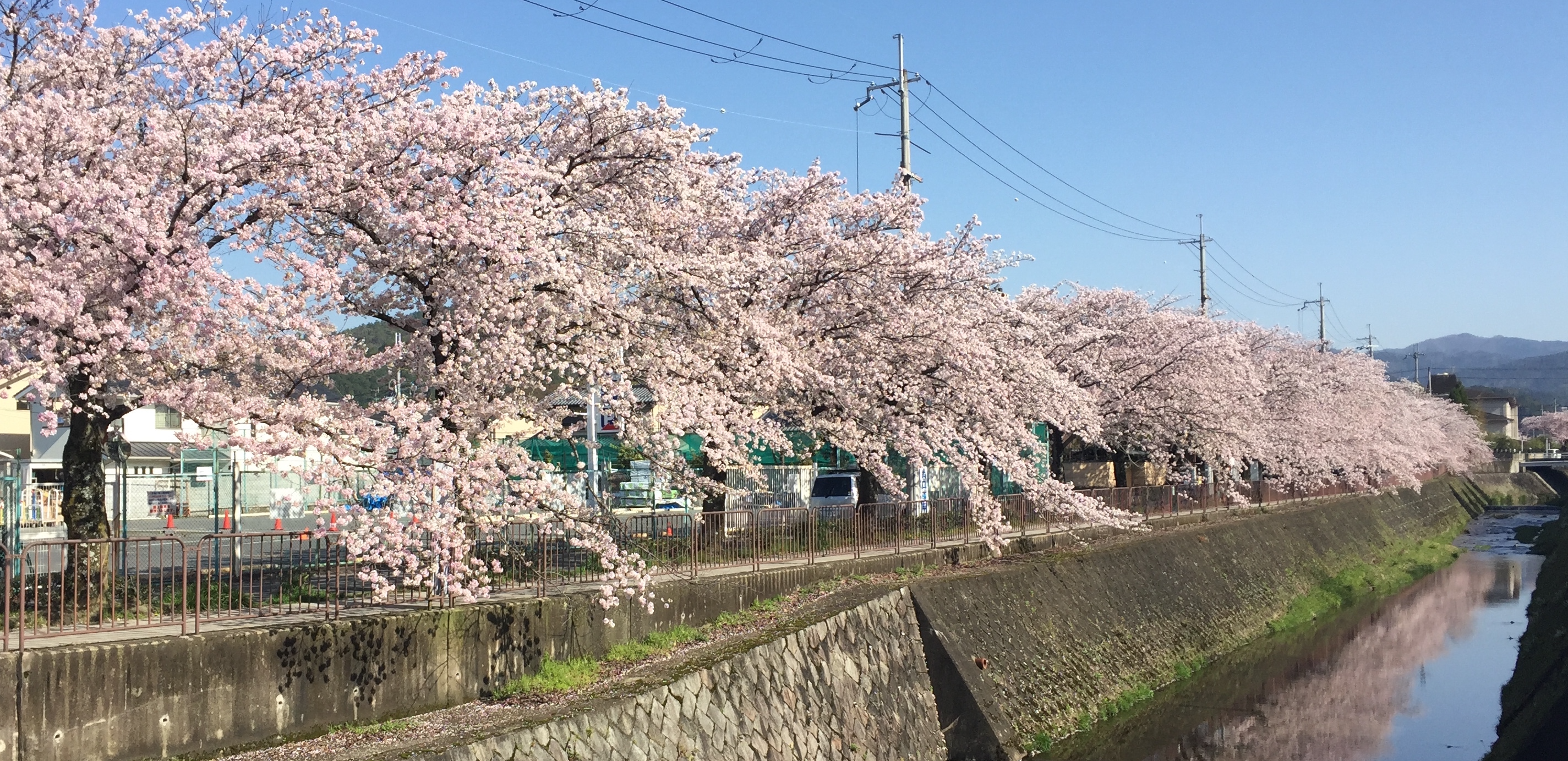







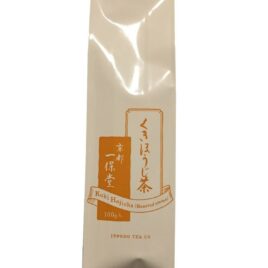
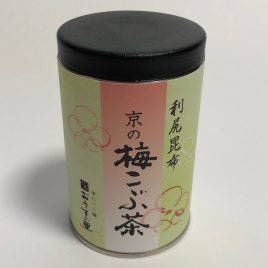
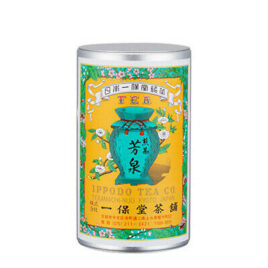
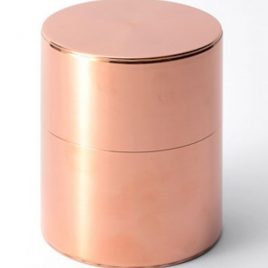
Reviews
There are no reviews yet.